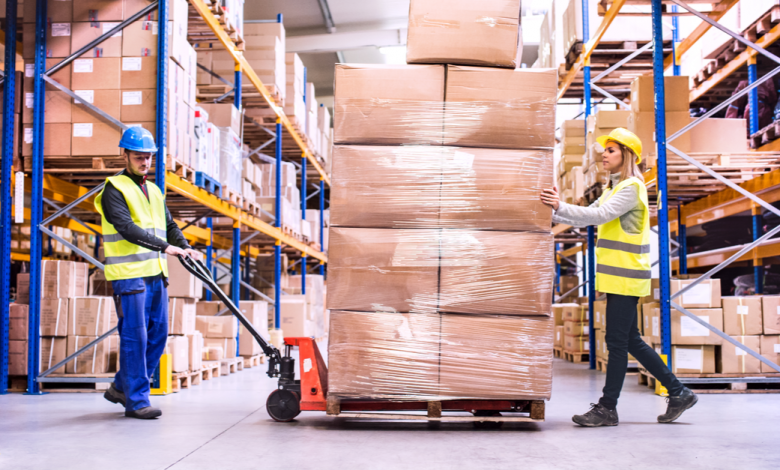3 Ways To Prevent Warehouse Injuries

Warehouses for goods of all sorts are an important link in today’s logistical chains. However, these stopover facilities have multiple opportunities for workers to get hurt. Here are three ways to prevent warehouse injuries.
Educate Employees on Safety Best Practices
Make sure all employees understand your rules for working safely. Set up a safety orientation for all new employees, and refresh veteran workers also from time to time, as regulations change. There are some best practices established that can help you provide workers with safe guidelines, including:
- Regular inspections of machinery and moving parts such as conveyor belts
- Scheduled general safety audits
- Lessons on how to bend, lift, and stretch
- Education on the importance of hand protection and safety
When you create an overall atmosphere that emphasizes safety as the top priority, employees become more aware of their actions.
Install Safeguards
In a bonded warehouse, goods are often stored on pallets, which are moved with heavy equipment such as forklifts. This environment is rife with possibilities of injuries for hands and especially for feet. For example, jacks for pallets may shift or roll inadvertently, accidentally rolling over someone’s foot and causing a serious injury. To prevent this, try a creative solution such as the pallet jack wheel guard Summerville SC. Additionally, to prevent electrical hazards, install grounded outlets. The old proverb comes into play here — prevention is better than dealing with the aftermath of accidents.
Follow Established Rules
The Occupational Safety and Health Administration, commonly referred to as OSHA, has set up rules focused on keeping warehouse workers safe. You should follow all OSHA safety regulations for warehouses. These regulations are specific and focus on 10 different areas where warehouse injuries most frequently occur. Warehouses vary widely, but OSHA’s rules are designed to cover most warehouse scenarios.
Safety First
When you emphasize safety to your workers and follow up with concrete actions, you create an atmosphere where prevention takes priority over reaction. Education, following established practices, and going the extra step to add safeguards not only protects employees but also lets them feel more secure so they can focus on their jobs.

